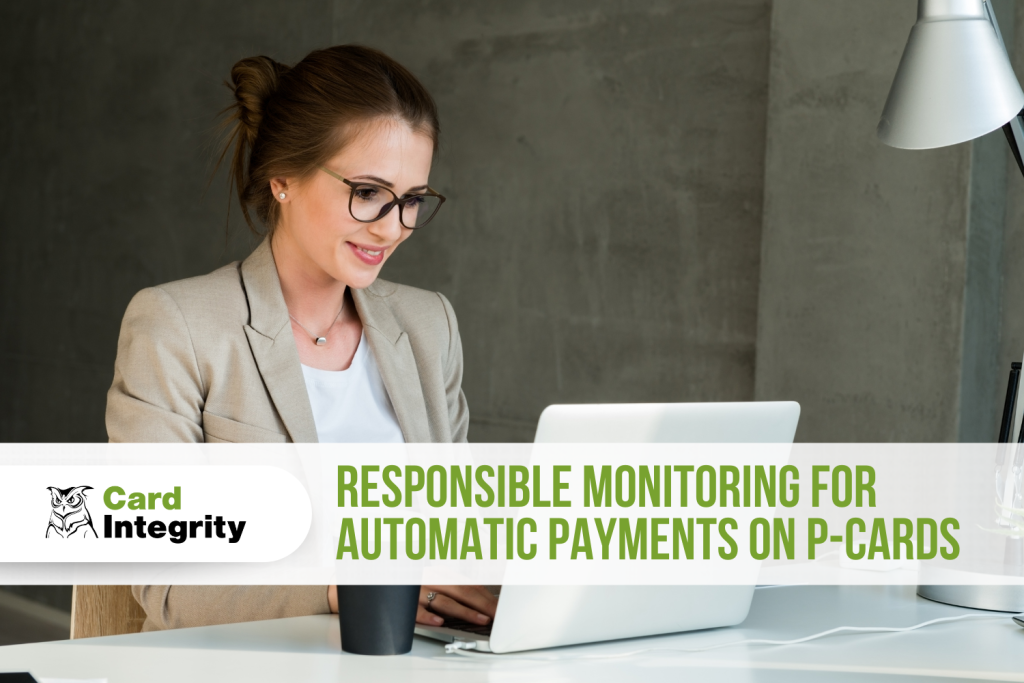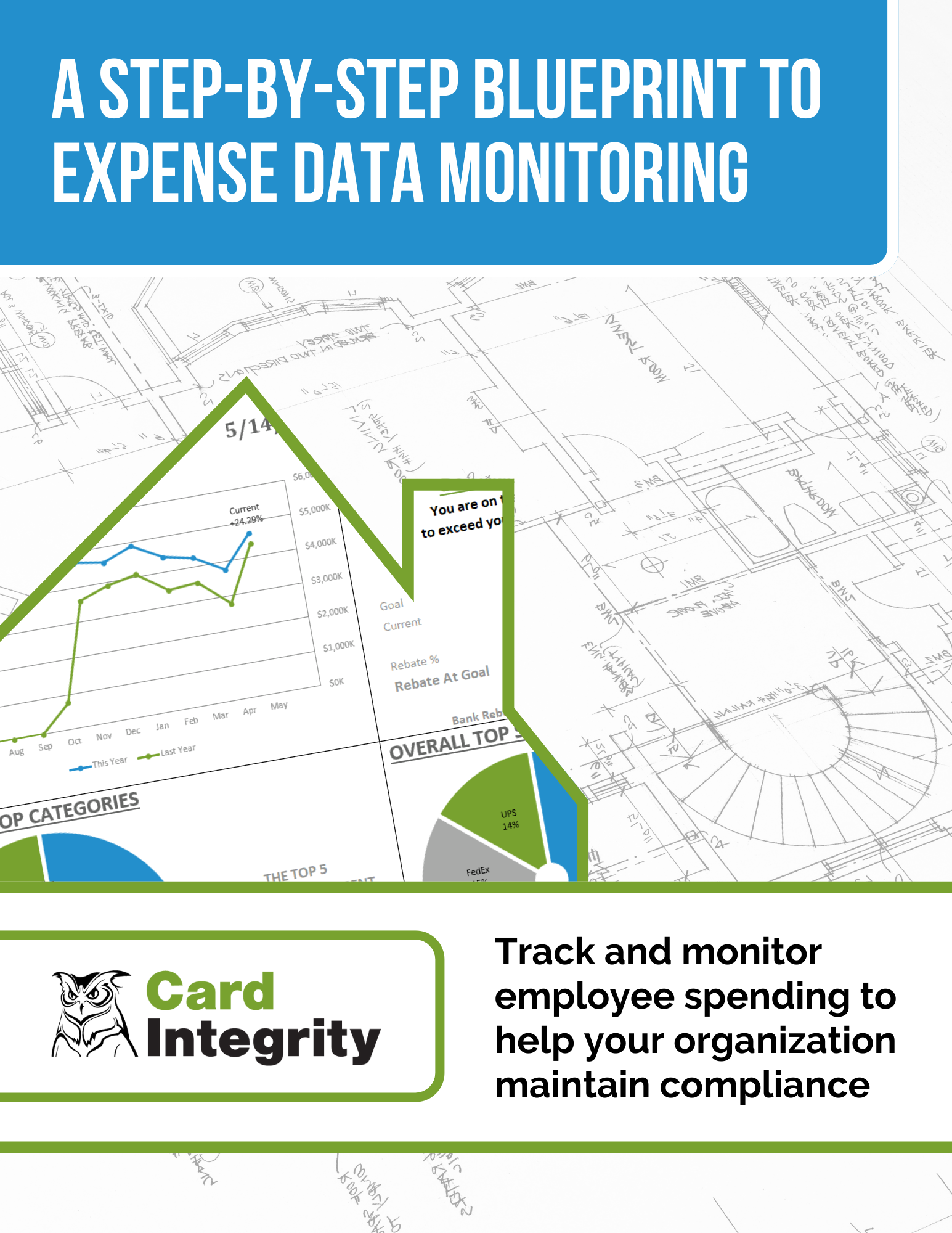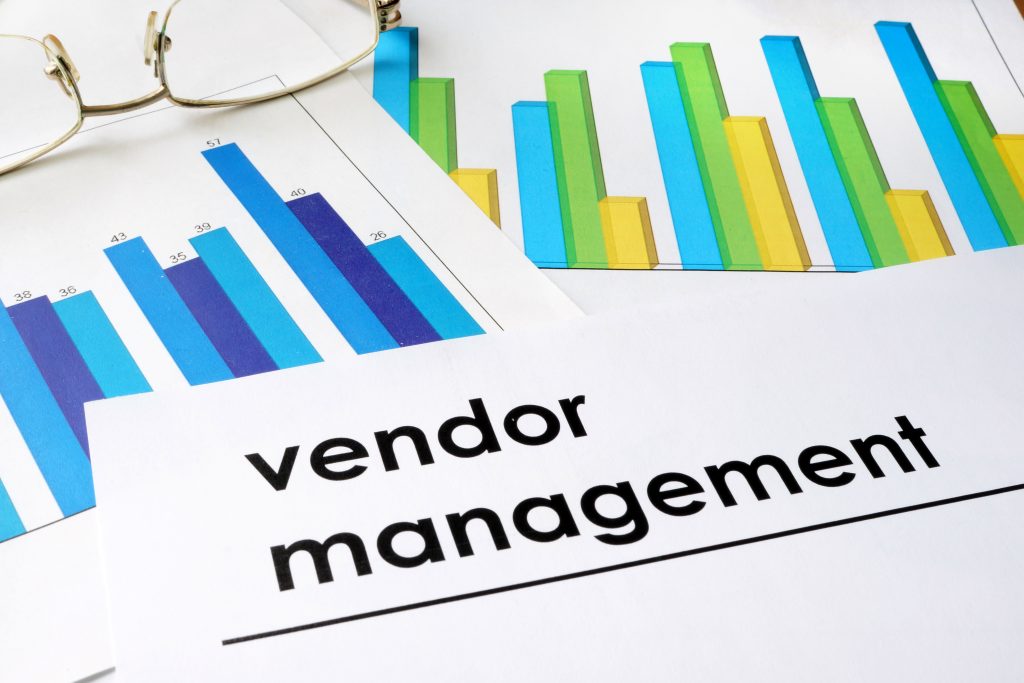When purchasing cards are used incorrectly for a single transaction, that abuse might go undetected, and without due diligence, so might the loss of funds. That isolated situation is bad enough. But what happens with automatic payments when there are multiple abusive transactions — because those transactions are automated and repetitive? Imagine a loss of funds, month after month after month.
Consider the number of transactions that your company considers to be on the up and up — within the guidelines of your policies and procedures — that certainly could be made as automatic withdrawals to a P-Card. Anything requiring a subscription on a regular basis could be fair game: organizational memberships, magazines, online software, and insurance policies, just to name a few.
Have you ever had a recurring subscription for a service that you don’t use charge to your personal credit card every month? It’s a common phenomenon, to the point where consumer services like apps and software have cropped up over the past decade to find these recurring and automatic payments and make the user aware of them. The same sort of thing happens on an organizational level with P-Cards, believe it or not. It’s a major cause of wasteful spending.
Stopping automatic transaction abuse
Repetitive transactions can add up quickly and quietly, without some sort of system in place to nip them in the bud. What might such a system require?
- Review — Receipt review is critical in catching any P-Card abuse, but multiplied even more so by automatic transactions. A responsible body must be set up with the task of reviewing all receipts and transactions, especially including those that happen on a regular basis.
- Record — Once transactions are reviewed, any automatic payments should immediately be identified as “on-going,” so that no future payments slip through the cracks. Determine the frequency of the transactions. Is the P-Card charged monthly? Quarterly? Annually? Learn and record the dates on which those transactions occur, so you can anticipate them.
- Reconcile — Determine the nature of the automatic expenditures. Does it fall within your policies and procedures? Or is your employee using the P-Card inappropriately, and as a result of the automation, frequently?
- Reconsider? — Are automatic payments through P-Cards the best financial method for your company, in all situations? That’s a question that only a company’s financial team and management can answer with adequacy. The pros of convenience must be weighed against the cons of potential and on-going abuse. You might find, for example, that some automatic transactions might be better suited and setup as contracts. However, if you decide to allow such ongoing payments via P-Cards, setting up a system to monitor such transactions then becomes all the more crucial.
Setting up a responsible monitoring system with ease
A P-Card program and a responsible system to watch over that program are musts that go hand in hand if the P-Card program is to be a successful one that remains low in risk. Granted, setting up an auditing system in house is not always easy to do. It involves more staff, more space, more training, and more time. But what if there was a way to create such a system, without these hassles?
Card Integrity’s ReceiptWISE oversees your P-Card program, without reinventing the wheel. ReceiptWISE offers receipt monitoring customized per your specifications. Use it to reduce risk for all transactions, including any automated on-going charges.
Include Card Integrity’s DataWISE for even more security and protection. Every month, DataWISE reviews 100 percent of your company’s transaction data. Data-Wise quickly identify any abusive behavior, to help prevent that behavior from turning into an ongoing catastrophe.
Get started on building out your expense monitoring program
Responsible monitoring is just one consideration when building out strong internal controls to safeguard your expenses. Check out our free eGuide below, A Step-by-Step Blueprint to Expense Data Monitoring, for a list of best practices and suggestions on how to build out your card program either from the ground up, or to fortify it if it needs help in certain areas.
Article originally published in 2016. Updated March 26, 2025 with more relevant and recent information.




